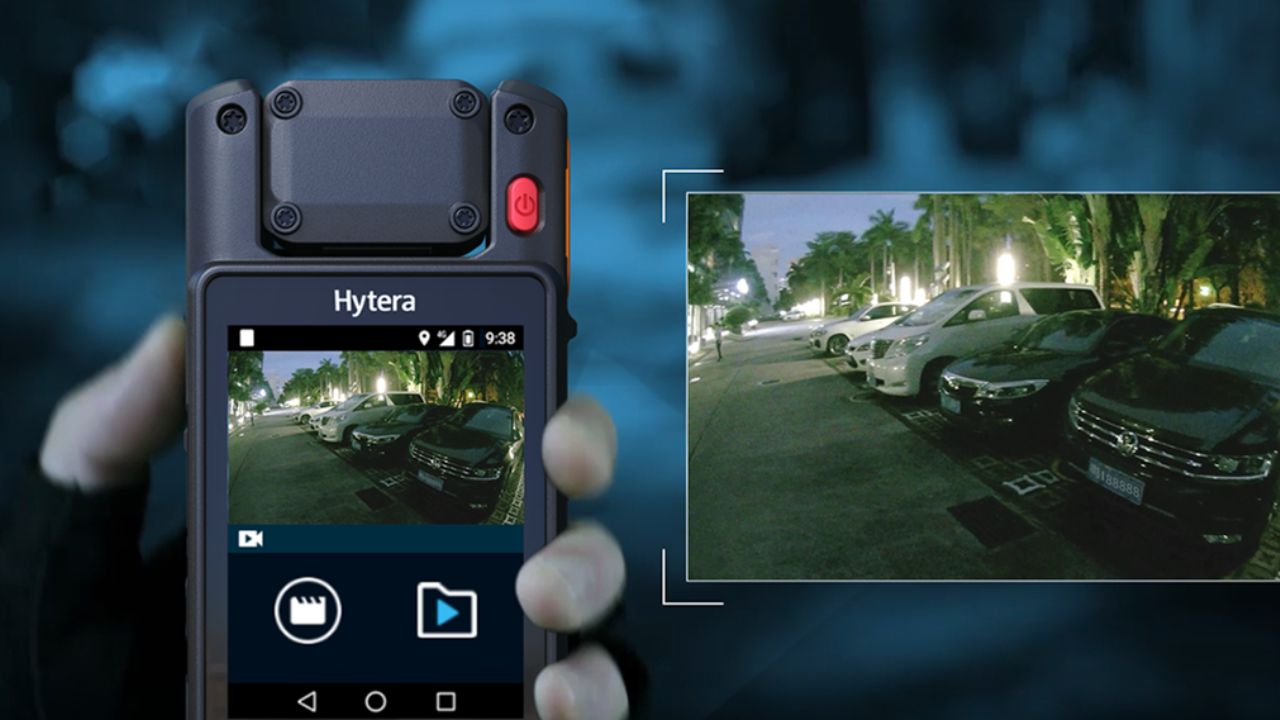A range of capabilities are included in body-worn cameras that are intended to provide accurate and thorough reporting. To ensure a thorough record of interactions and occurrences, these cameras usually have high-definition video and audio recording capabilities. In addition to wide-angle lenses providing a wider field of view and improved low-light recording capabilities, they frequently have robust, weather-resistant construction appropriate for a variety of situations.
These gadgets make timely and simple recording possible with their intuitive activation buttons and automated triggering systems. To further ensure the integrity and accessibility of recorded footage while fostering transparency and accountability in professional settings, camera body functionality also includes secure data storage and transfer options, user identification features, policy customization, and real-time streaming capabilities.
Body Worn Camera Features
Numerous features on these devices increase their utility and effectiveness in a range of situations. The key characteristics of body-worn cameras are thoroughly analyzed in the following:
Size and Design
Cameras worn on the body are usually small and light, meant to be worn on clothing, and frequently fastened to the head or chest. Minimal obstruction and simplicity of usage during different tasks are guaranteed by their modest size. Since these gadgets are designed to be discrete, professionals like security guards or law enforcement officers can wear them comfortably for the duration of their shifts.
Recording Audio and Video
Body-worn cameras are capable of recording crystal-clear audio and high-definition video, enabling thorough documentation of events or encounters. Their ability to record videos guarantees a visual record of events and provides wearers with a broad perspective on circumstances they may confront.
Durability and Weather Resistance
Body cameras are designed to endure a variety of environments. They frequently have tough designs that can survive shock, water, and dust. Their resilience guarantees their performance in a variety of settings, such as inclement weather or challenging physical interactions.
Wide-angle and Low-Light Capabilities
To capture a wider field of view, many body cameras come with wide-angle lenses. Additionally, they have characteristics that improve recording in low light, guaranteeing visibility and quality in a range of circumstances.
Battery Life and Power Management
Body cameras are equipped with long-lasting batteries to accommodate long shifts or periods of use. They also include power-saving mechanisms to extend battery life and guarantee continuous recording when required.
Activation and Deactivation
The user has the ability to manually activate and deactivate these cameras, usually by pushing a button. In order to facilitate speedy and fluid recording, certain versions have automatic triggers, such as those that activate when a gun is drawn or when the camera detects increased motion.
Data Storage and Security
To prevent unwanted access or tampering, recorded data is encrypted and kept securely within the device or transmitted to secure servers. Digital signatures and timestamping are other characteristics that guarantee the integrity of the recordings.
Connecting and Data Transfer
A lot of body cameras come with a number of connecting choices, such as USB, Wi-Fi, or Bluetooth, which make it easy to quickly and securely move recorded data to cloud-based servers or storage devices for inspection and safekeeping.
Features for User Identification and Accountability
Body-worn cameras come with features like distinct user IDs or timestamps connected to certain recordings that make it easier for users to be identified and held accountable. These components provide the tracking and assignment of recorded footage to specific wearers. Furthermore, user authentication mechanisms guarantee that the recorded data may only be accessed and managed by authorized persons, hence improving accountability and protecting the data integrity.
Policy Compliance and Customization:
Usually, body-worn cameras can be set up to abide by particular legal requirements as well as organizational standards. Changes to parameters like recording time, frame rate, and resolution are possible with this customization. These gadgets guarantee uniformity and adherence to the criteria established by various professional entities by abiding by predetermined guidelines.
Real-time Streaming and live monitoring
A few sophisticated body cameras have the ability to stream live in real-time, which makes it possible to remotely watch events that are happening or provide supervisors the opportunity to offer prompt assistance or direction.
Evidence Marking and Metadata
Users can tag or mark particular instances in recordings using tools for evidence marking and metadata that are frequently included with body-worn cameras. In the course of ensuing reviews or investigations, these markers make it simple to identify and retrieve important events. Furthermore, the addition of metadata to recordings facilitates the organization and comprehension of the recorded material by offering annotations or contextual information.
Conclusion
Body-worn cameras are useful in many professions because they encourage responsibility, openness, and event recording. They are crucial for guaranteeing an exact record of interactions and improving safety and accountability because of their small size, robustness, data security, and user-friendly features. They can also capture audio and video.


